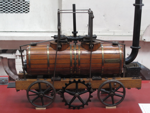1758
The Middleton Colliery Railway made history right from the start. To protect its route, the land- and coal-owner Charles Brandling secured an Act of Parliament: the very first Act titled for, and largely concerned with, the building of a waggonway or railway.

An extract from a 1758 newspaper, reporting the first loads moved over the waggonway
From its opening in September 1758, horses pulled thousands of tons of coal a year down the waggonway to Leeds. Cheaper coal prices, based on more efficient transport, gave Leeds a head start in the newly developing large-scale industries. Our city became an important centre for all industries using coal as a source of heat or power: metal-working, brick, glass, pottery and tile manufacture, brewing, dyeing, and clothmaking in steam-powered mills.
1812
Fifty years later however, the colliery was having to compete with the Army for the purchase of work-horses and fodder, as the Duke of Wellington pursued Napoleon Bonaparte around Europe. As horses and fodder became scarcer, prices rose at home.
Estate and colliery steward, John Blenkinsop, substantially reduced Middleton’s transport costs by introducing steam locomotives. The very few locomotives built so far had largely failed because only cast iron rails were available. These broke easily under the impact of any machine large enough to haul a viable load. A locomotive not able to haul a viable load was of little use.
Blenkinsop invented a rack and pinion system, very similar to that still used on many mountain railways. A large rack wheel at one side of the locomotive connected with cogs cast into the rail at that side, giving substantial assistance to the locomotive’s pulling power without needing to be heavy enough to break its track.
The four locomotives built for the colliery by Matthew Murray, designed by him to incorporate John Blenkinsop’s patented rack wheel, were the world’s first commercially viable locomotives.

An extract from an 1812 newspaper, illustrating the Murray-Blenkinsop locomotives
The Middleton Railway immediately began to attract visitors from all over the world, as well as from the UK. They included two new categories of traveller: the techno-tourist and the industrial spy!
Many foreign visitors tried to interest their own governments and industrialists in the idea of introducing locomotive-worked railways. In 1815, the technical design was published in a French science and industry journal, and within the next few years the Prussian government had two locomotives built in Berlin to the Murray-Blenkinsop design: the first locomotives ever constructed on mainland Europe. Neither of them proved to be successful: one ended its days as a stationary pumping engine, and the other, after a year or so powering a confectioner’s flour mill, was sold to an earthernware works. The rack wheel and a few other fragments of the latter machine were displayed in a Saarland farmer’s barn for many years.
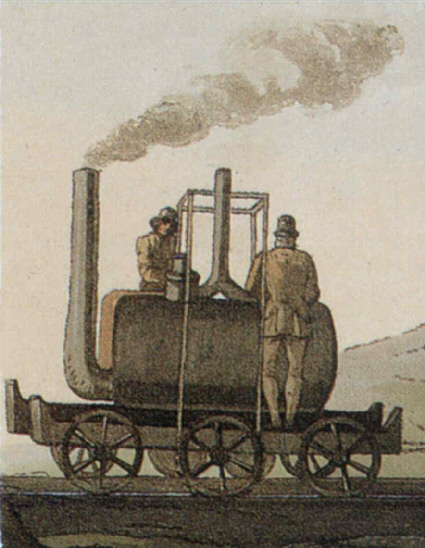
A contemporary painting of one of the Murray-Blenkinsop locomotives
After the last of the four Middleton locomotives wheezed to a final halt in 1835, after at least 20 years of unremitting hard work, there followed 125 years of comparative obscurity, whilst the railway faithfully continued to keep the growing industrial city supplied with coal.
c.1830-1995
However, Leeds had now profited in a new way from the presence of the Middleton Railway. The building of its four pioneer locomotives, plus at least two others built for the Kenton & Coxlodge waggonway at Newcastle, had resulted in a number of Leeds engineers having experience in locomotive design and construction, and when steam railways began to spread across the country, Leeds was well-prepared to begin manufacturing their locomotives.
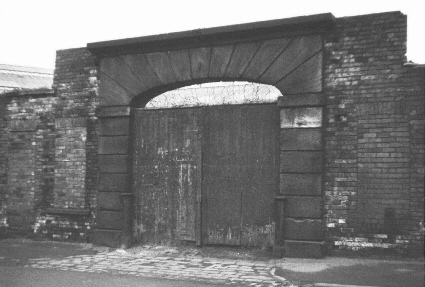
Remains of the Railway Foundry, one of the earliest engine works in Hunslet
The firms clustered around Jack Lane, Hunslet, supplied locomotives and other railway equipment to almost every country in the world (well, a few countries never had railways!).
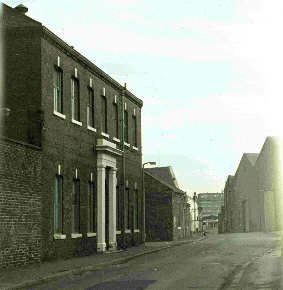
The Manning Wardle offices on Jack Lane
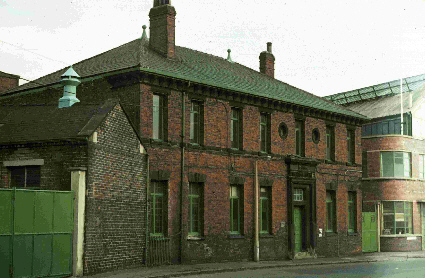
The Hunslet Engine Company offices on Jack Lane
1960
In 1960, the Middleton Colliery Railway was back in the news. Its coal traffic having been severely curtailed by its current owners the National Coal Board, part of the track was purchased by a neighbouring company, Clayton’s, who allowed the Middleton Railway Preservation Society to begin running goods traffic for them. The society (later to become the Middleton Railway Trust) had been started by staff and students of Leeds University, led by lecturer Dr. Fred Youell.
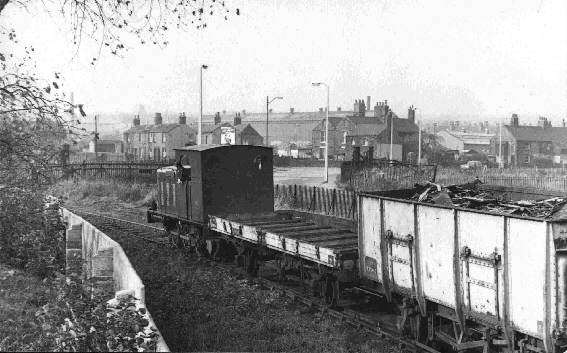
A goods train in the early 1960s
From 1960 until 1983, the society moved many thousands of tons of fabricated and scrap metal between Balm Road Goods Yard and Claytons and their neighbours Robinson & Birdsell. However, the society’s rail traffic movements started with several days of passenger train services as part of the 1960 University Rag Week: the first passenger services ever to be run on a standard gauge railway by a completely volunteer operated society.
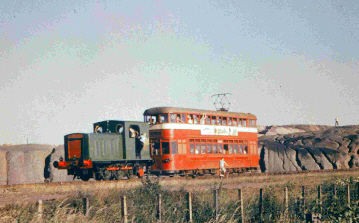
One of the first trains for the University Rag Week in 1960
In 1969, as goods traffic began to decline, passenger services ‘resumed’ on a regular basis, and have continued since then, running every weekend and Bank Holiday Monday for a large part of the year.
Around 1975, we ran the first of our annual special trains for visiting school classes.
1983
In 1983, our benefactors Clayton’s closed down their Dartmouth Works site, where our society had been allowed to make its home, and we had to move all our equipment and vehicles to our current home site. New tracks were laid to accommodate the vehicle collection, and a workshop and a ticket office/shop were also built.
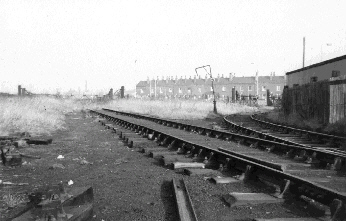
The eventual site of our station as it was in 1960

Roughly the same view in 1983

And a similar view in 2008

The inside of our Moor Road shop as it was in the 1980s and 1990s
In recent years, a superb new visitor centre has been constructed, to display and interpret the Middleton Railway’s history and its interesting collection of small, mainly industrial locomotives, a substantial percentage of which were built nearby in Jack Lane.
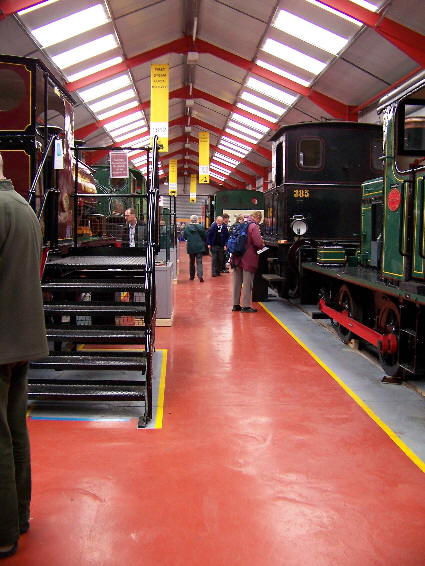
The Engine House Display Hall
2008
The railway celebrated its 250th Anniversary.
2010
We celebrated our society’s 50th Anniversary.
2012
We celebrated the 200th Anniversary of the first commercially viable locomotive, Middleton’s Murray-Blenkinsop locomotive ‘Salamanca’.
Little Railway – Amazing History!
For much more information, see our illustrated 68-page History of the Middleton Railway Leeds, which is available from the Railway’s shop. More details of this book are given on the separate page describing the books that we have for sale.
Return to the page for our museum collection.
More Information
Other pages provide more information about:
